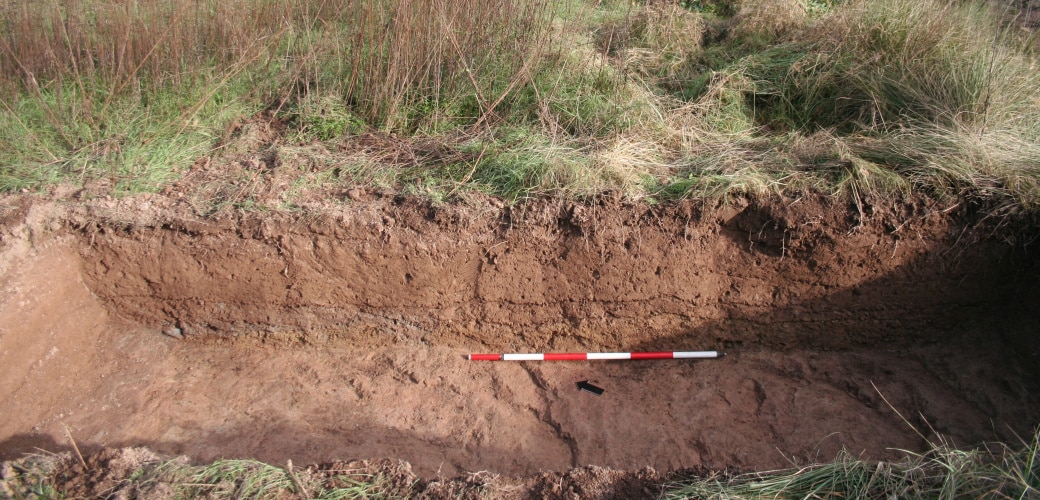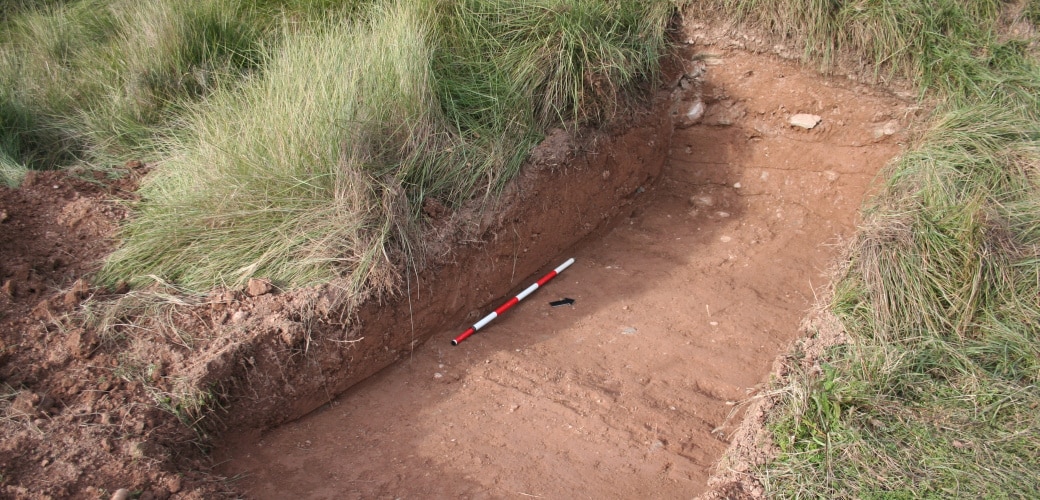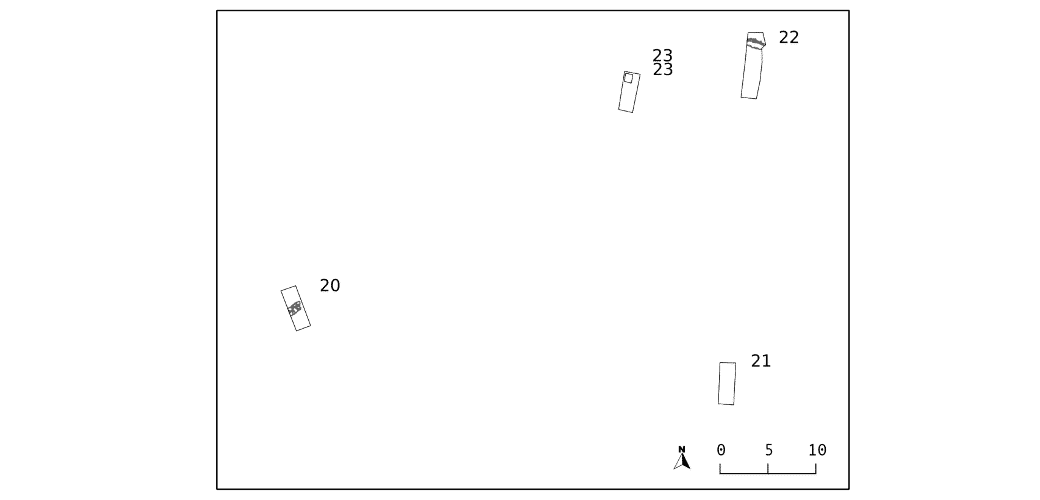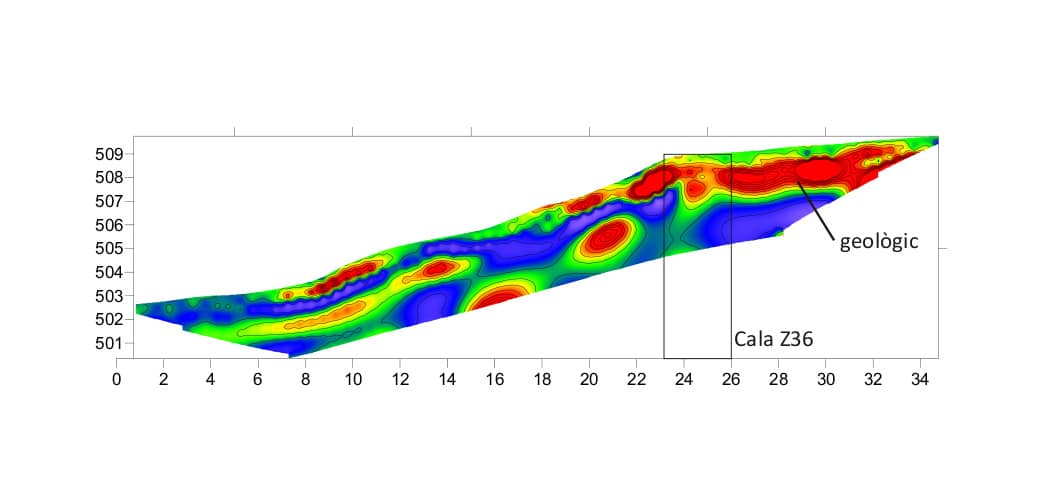Magnetic surveying showed evidence of an urban layout in the north-east of the site and important signs of combustion, which could have been from fireplaces or they could have been traces of a possible fire.
The excavations confirmed the presence of archaeological materials and structures from the settlement’s three occupation phases, going from the Late Bronze/Early Iron Age (mid-9th – 7th centuries BC) to the Late Roman Republican Period (mid-1st century BC).
Five dwelling spaces and a street from the last phase were found built onto the north-eastern section of the wall. These constructs could be part of one large building combining the functions of dwelling and storage.
The state of destruction of the different rooms, with abundant crushed ceramic material above the living level, and the presence of abundant military projectiles above the ruins (indicating they were fired from outside) speak for a military confrontation which may have begun at this end of the settlement.
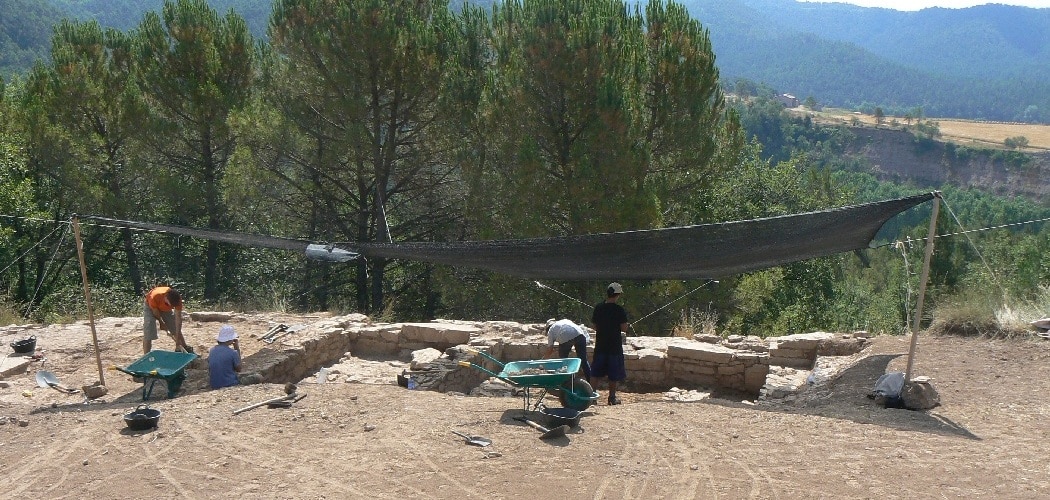
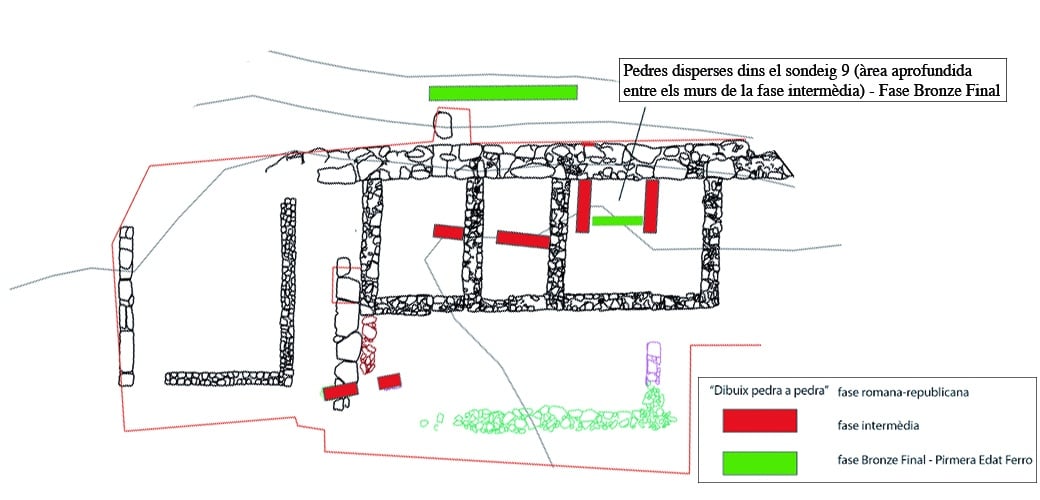
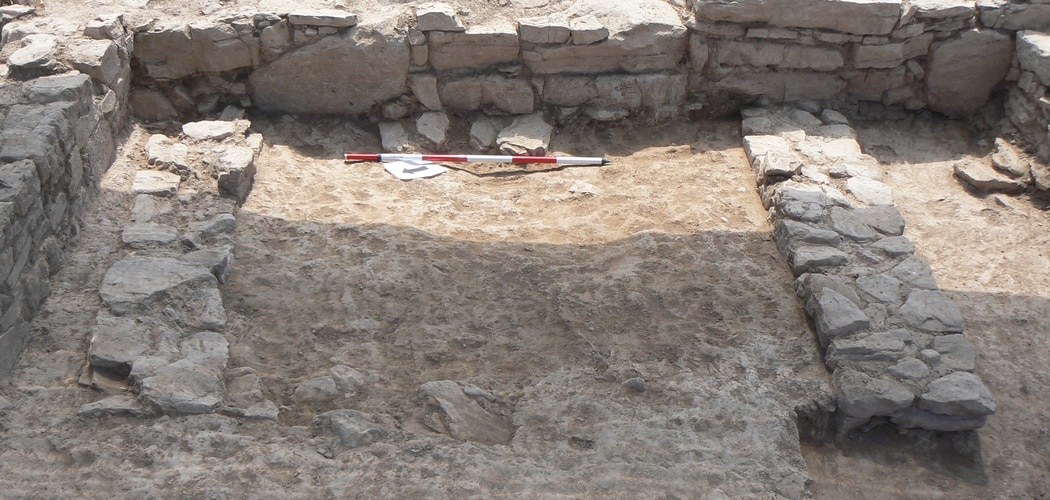
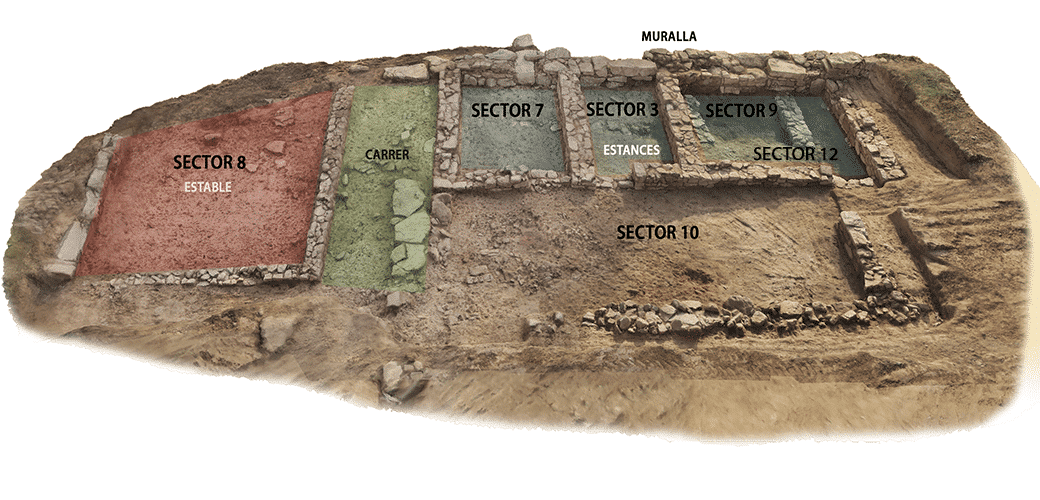
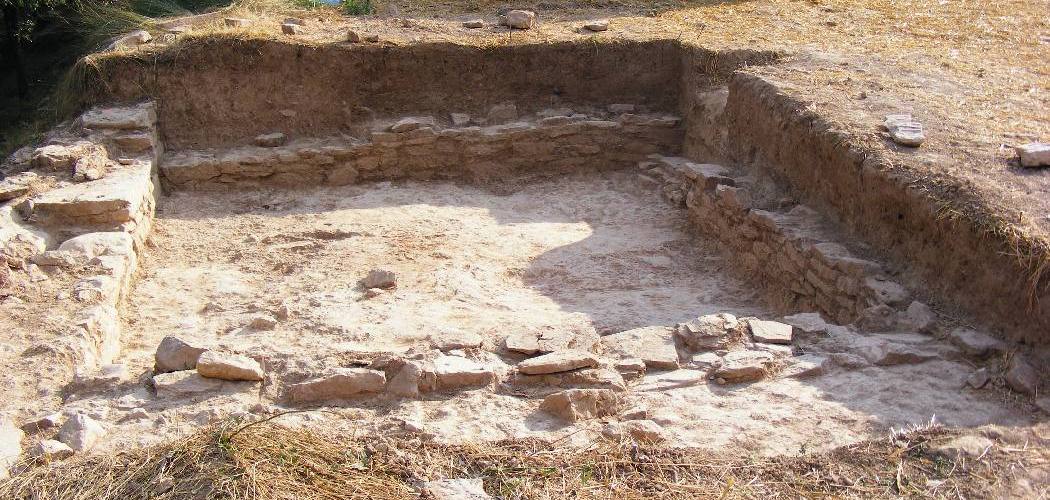
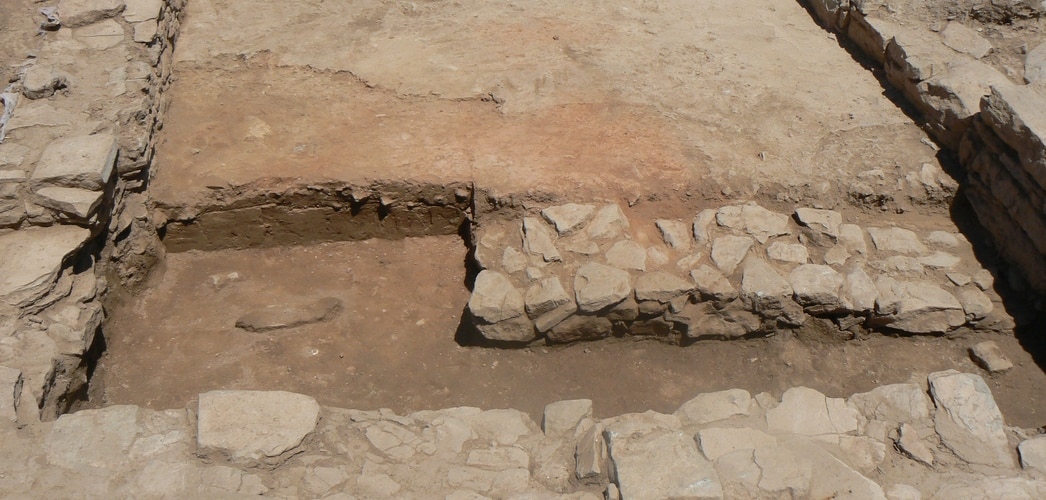
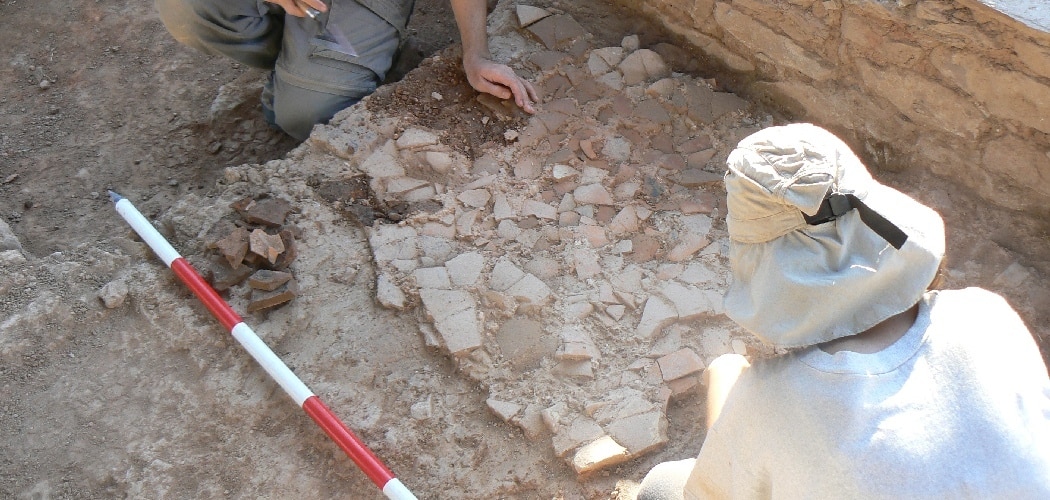
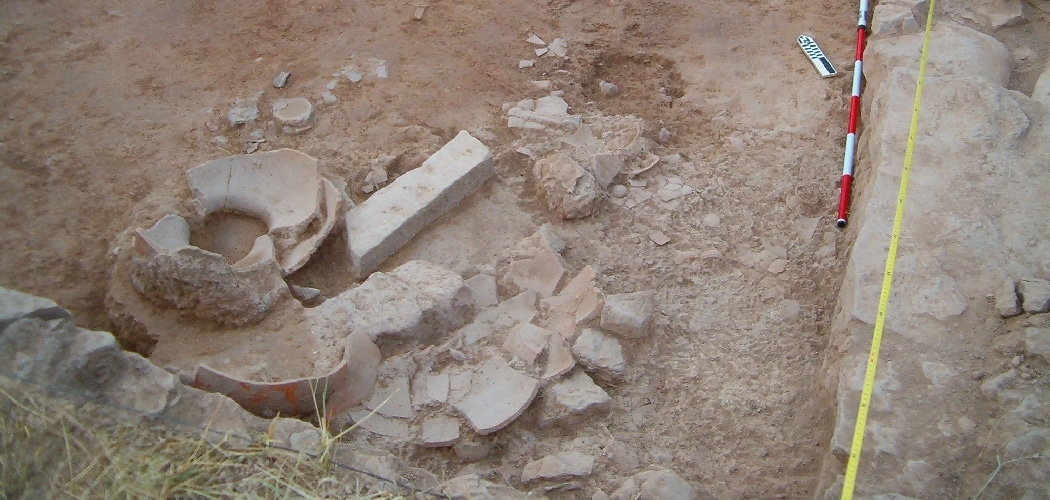
![[left] Various fallen materials (remains of animals, metal objects, etc.) above the living level. [right] Fallen dolium and amphora above the ruins of a ceiling or a first floor](https://www.puigciutat.com/wp-content/uploads/2015/12/foto_7-i-11-copia.jpg)


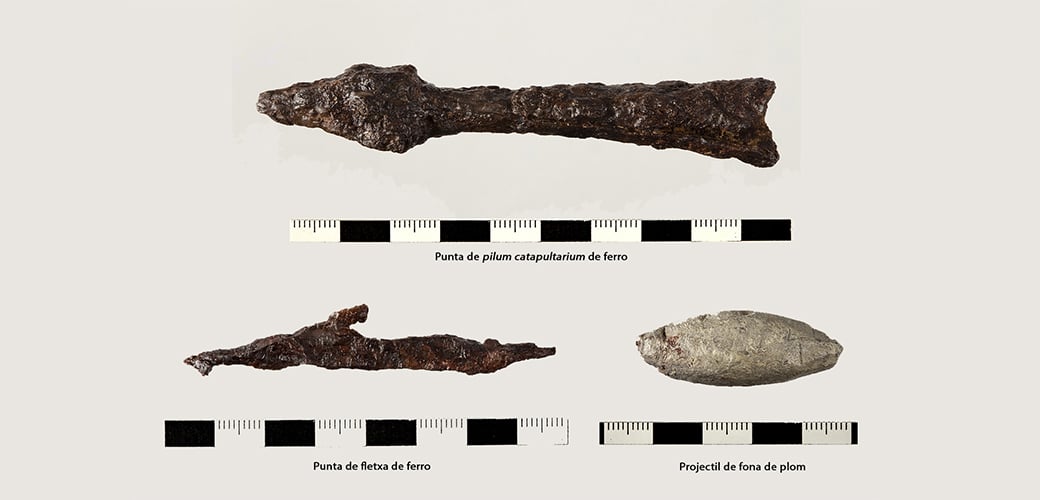
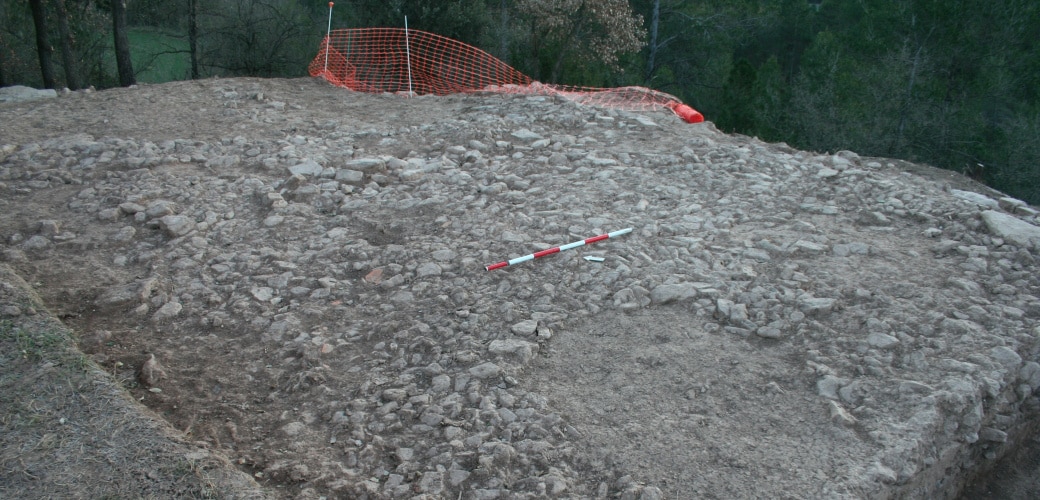
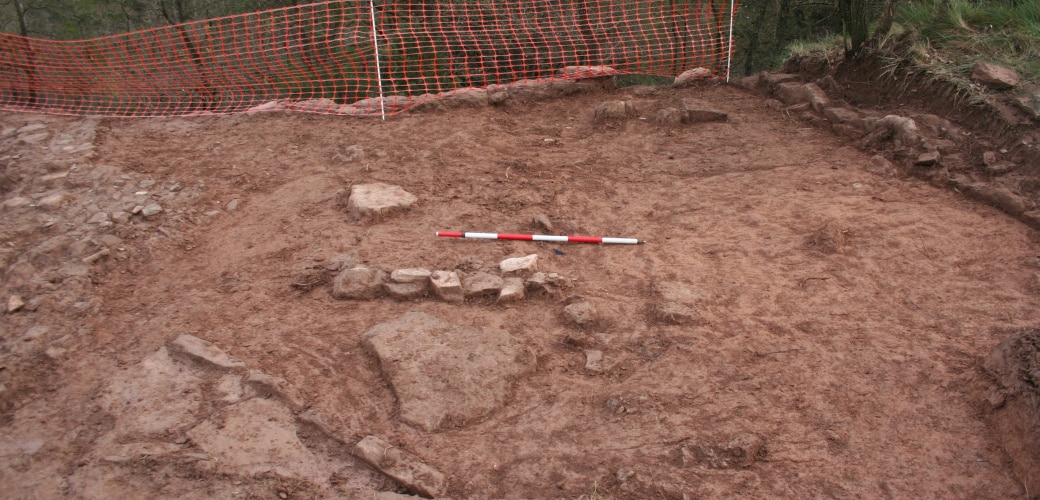
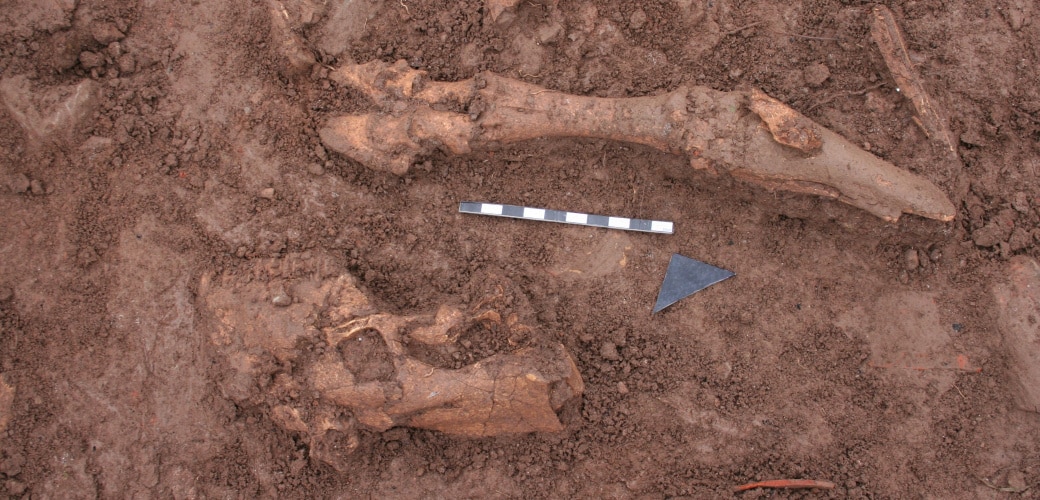
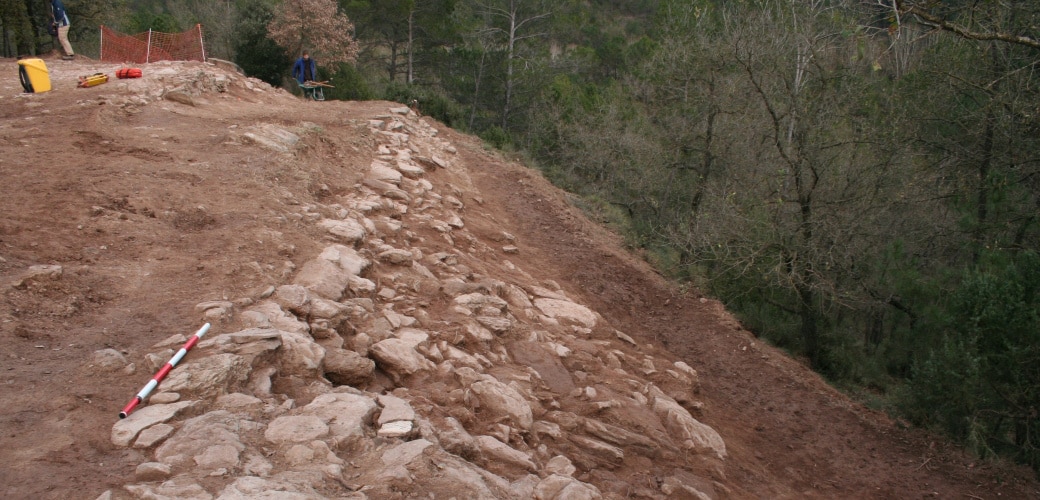
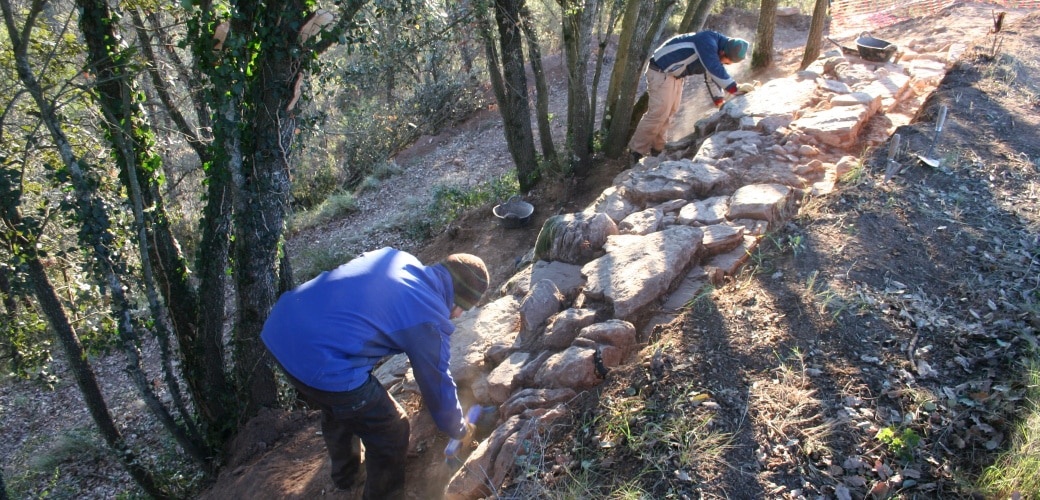
![[left]. Photogrammetric study at the end of the 2014 season. [right] Location of various excavated structures](https://www.puigciutat.com/wp-content/uploads/2016/02/FOTOGRAMETRIA.png)
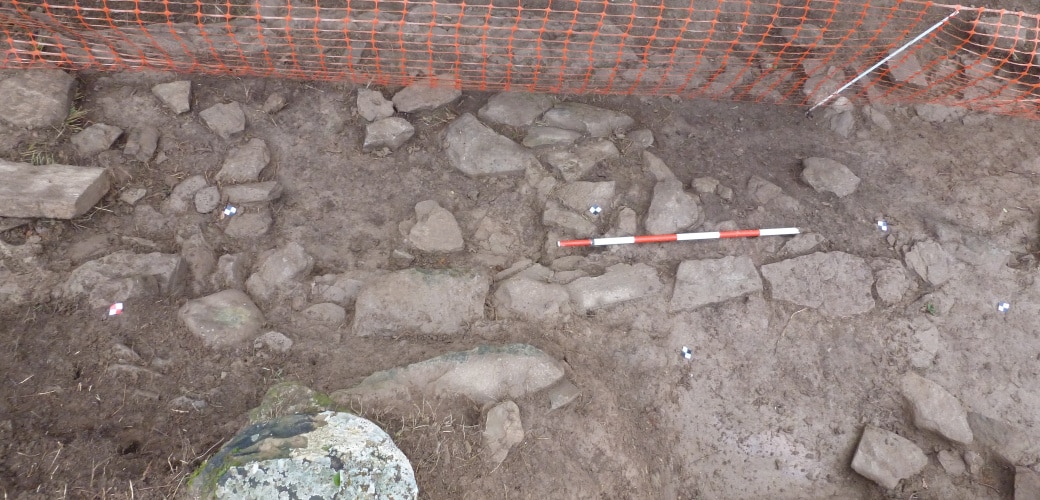
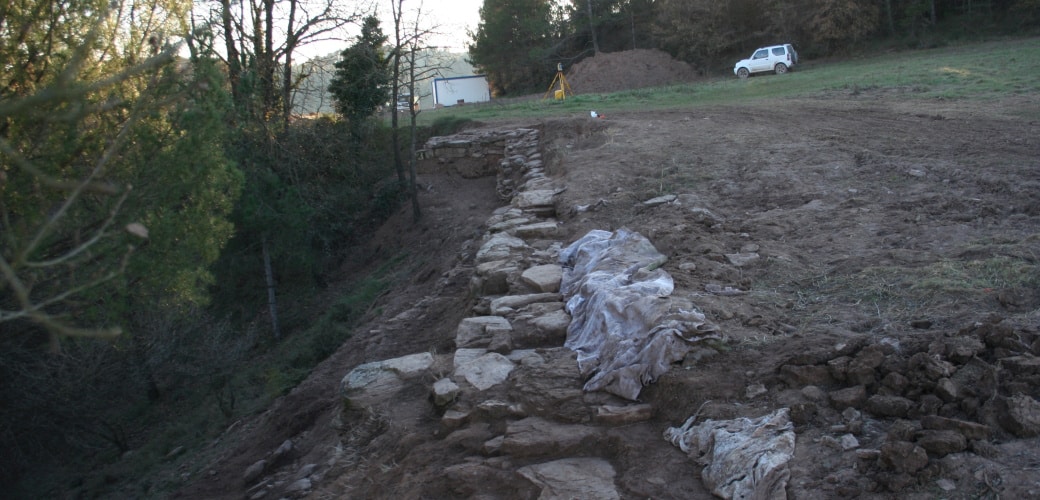
![[left]. Photogrammetric study and [right] drawing of the excavations at the end of the 2014 season](https://www.puigciutat.com/wp-content/uploads/2015/02/supi_19_fotogr.jpg)
![[left] Survey 20. Section of Late Roman Republican city wall. Survey 23: View of the test trench at the end of the excavation](https://www.puigciutat.com/wp-content/uploads/2015/02/26_39_sm.png)
